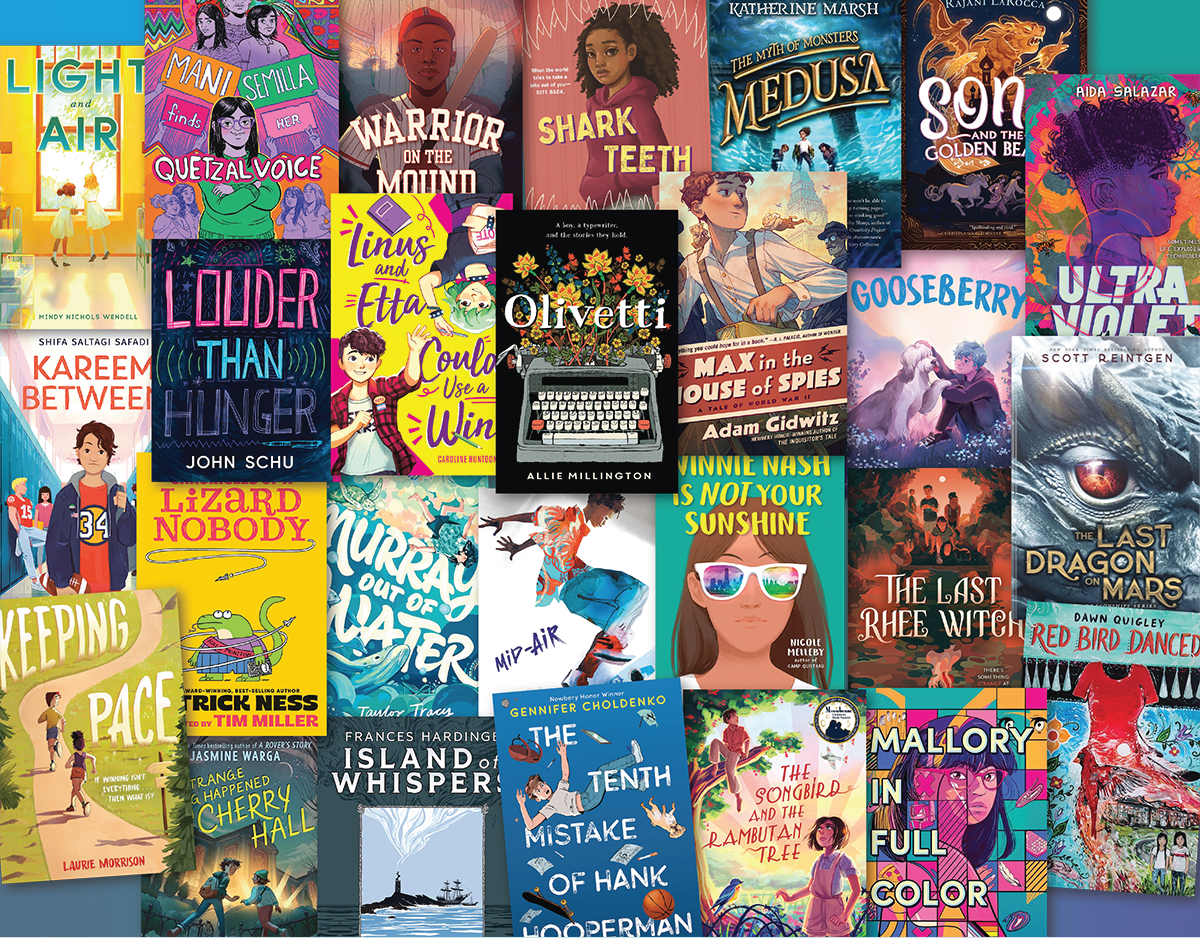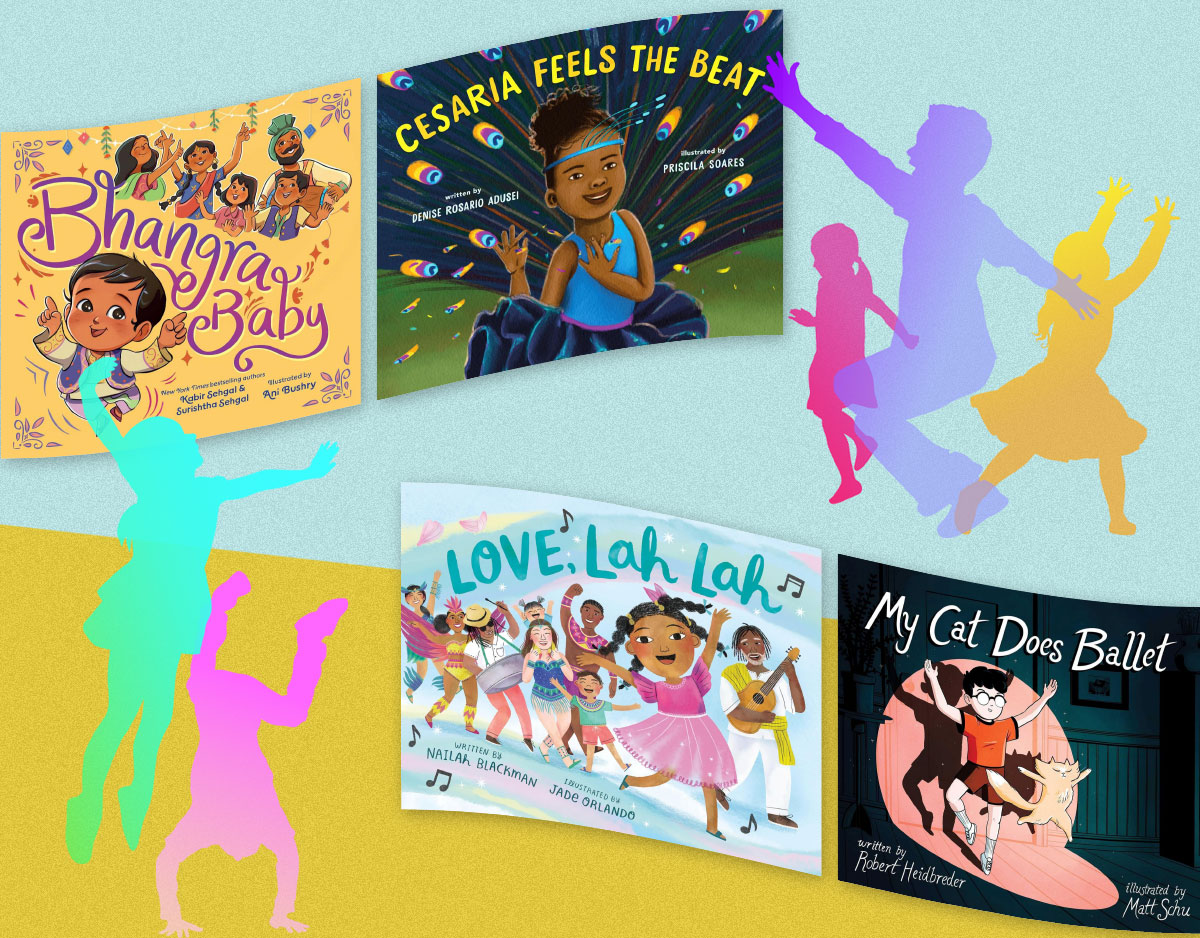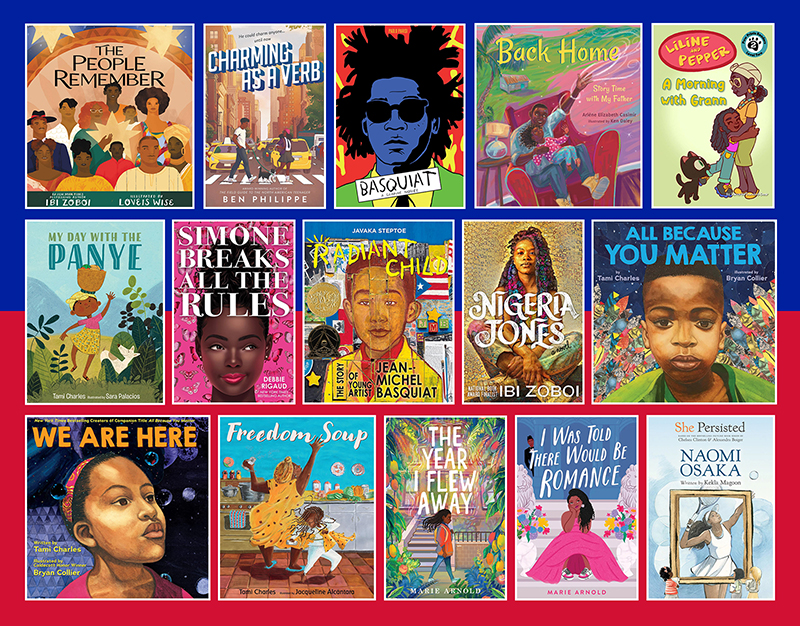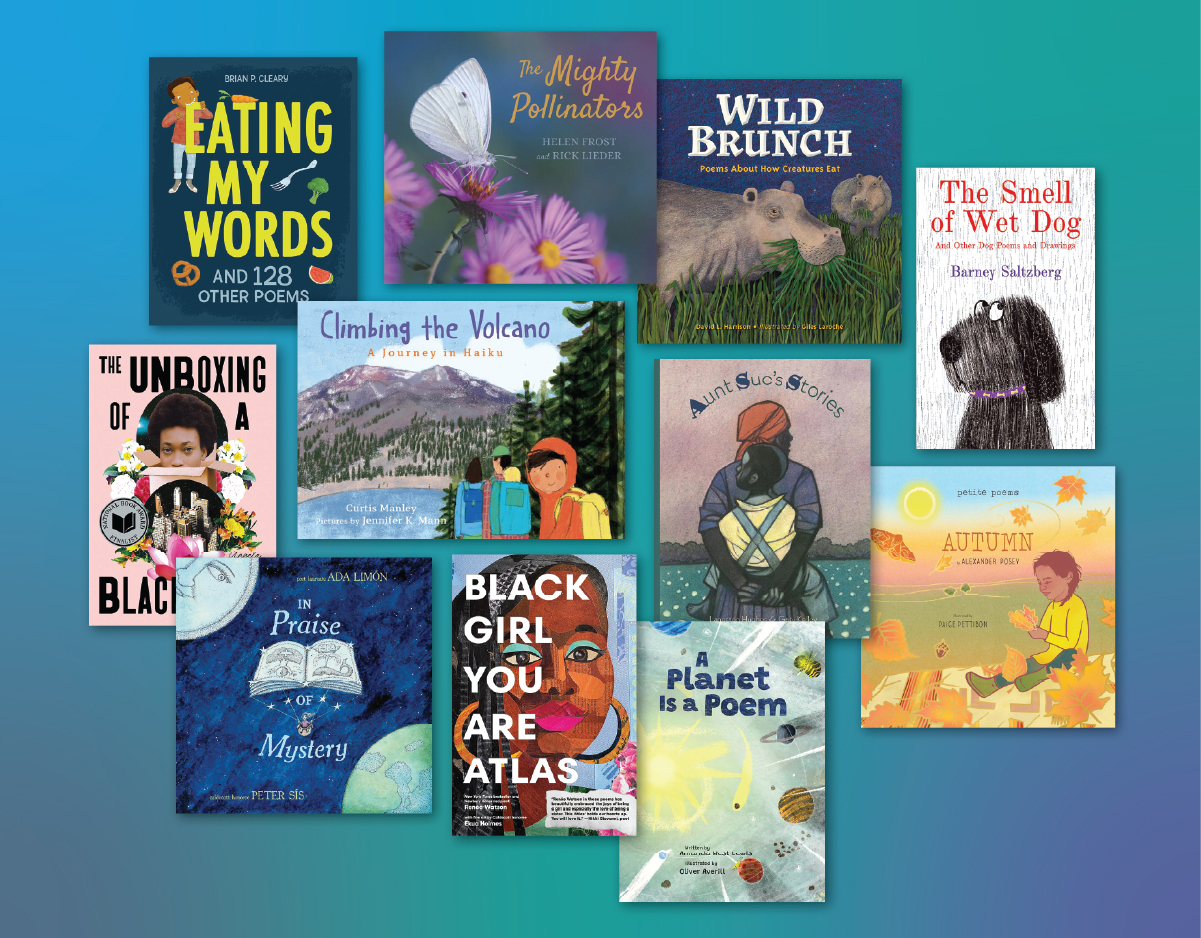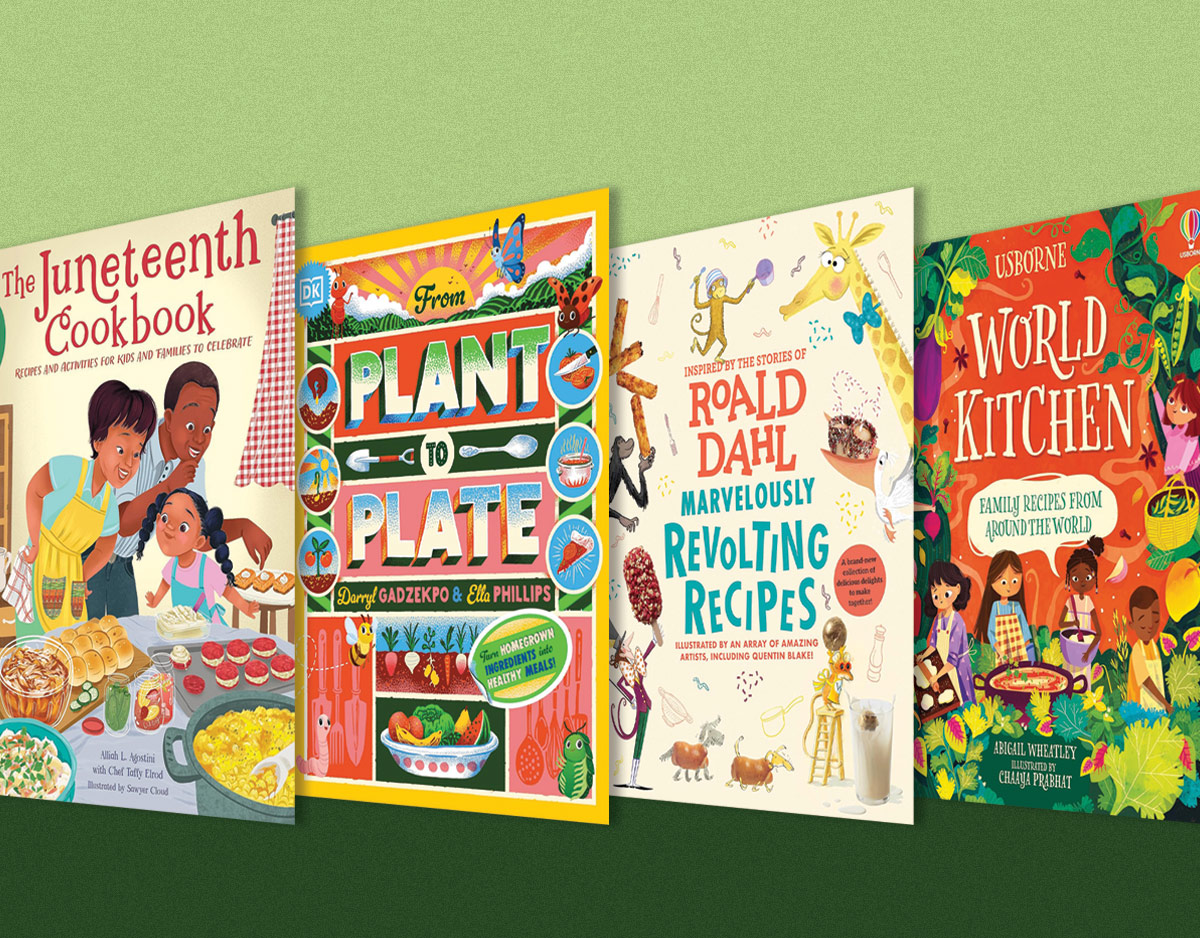Wild in the Streets: A Marilyn Singer Interview + Blog Tour

They say, “Hey, do you want to be part of a Blog Tour?” And I say, “Probably not. Who’s it for?” And they say, “For Marilyn Singer and it’s poems about urban animals around the world.” And I say, “Hasn’t that been done before?” And they say, “Yeah. But never like this.” So I pick up the book. I read the book. And darned if they aren’t right. But then, that’s Marilyn for you. You want something high class and snazzy? You know who to turn to.
Today I sit down (virtually) with Marilyn and I pull no punches, people! Good thing I really like the book.
Betsy Bird: Right off the bat, I’d love to nail down some terms for you. It seems to me that increasingly I’ve been seeing picture books with a bent towards nature. It’s not a new phenomenon. Heck, I think you could say that Paul Fleischman’s Newbery winning Joyful Noise was much in the same vein. So what would you call Wild in the Streets? Ecological poetry? Environmental verse?
ADVERTISEMENT
ADVERTISEMENT
Marilyn Singer: I’ve been writing poems about nature for a long time. My first published poetry book was Turtle in July (Macmillan), illustrated by Jerry Pinkney (how lucky was that!), which contained poems in the voices of animals during each month of the year. More recently, for Chronicle, I wrote A Strange Place to Call Home, illustrated by Ed Young, featuringpoems about animals that live in difficult habitats. In between those books, I produced poetry collections about the earth, the moon, water, fire, time zones, the weather, and more animals, animals, animals! Wild in the Streets, about urban critters, is my latest. I’ve always just called these nature poetry. But I like “environmental verse,” probably because a) The v’s make nice alliteration; b) The word “environment” is on everyone’s lips these days, while the word “nature” doesn’t appear to be. Is it a new genre? As you said, it is not. But I sure hope it’s gaining in popularity and respect.
BB: As I say, I’ve seen at least eight works of poetry that discuss nature in some way out in 2019. But of all of these, yours is really at the top of the list. Partly this has to do with the subject matter. We’ve heard about “urban animals” before, but usually they’re critters that we Americans already know well. What gave you the notion to look at a more international scope of critter?
MS: Which list is it at the top of, and can I thank the list-maker? 😉 As to the theme, I’d been wanting to do a book about urban animals for forty years! My original idea was to write a prose non-fiction work about animals in American cities. But an editor suggested that I go global. I liked that idea a lot. However, way back then there was no Internet and few books on the subject, so it was difficult doing the research. Just the other day, I found a file of snail mail responses to letters I sent back then to folks all over the world. People were great at getting back to me (and they are now, albeit via e-mail), but this method was slow and incomplete, and I abandoned the project.
Then came the Internet with its ease not only of contacting people, but finding articles and videos on any topic. Another change was that I was now writing and publishing a lot of poetry. It seemed to me that combining verse along with prose “back matter” (which in Wild in the Streets is actually front matter, alongside the poems) would work well, and the whole thing would be something I’d really enjoy researching and writing. And that’s how the book came to be.
BB: Had you heard of all these animals when you started putting this together or did you stumble on some in your research? And, related question, was there any animal you wanted to include but it just didn’t work out, for whatever reason?

MS: There were animals I didn’t know about, as well as ones with which I was familiar but unaware that they lived in cities. I don’t think I’d encountered brush-tailed possums or Mientien tree frogs before I started working on this book. On the other hand, I’d definitely heard of water monitors and reticulated pythons, but didn’t know that they’d moved into urban areas. For me, the strangest discovery was that there are river crabs that live under Trajan’s Forum in the heart of Rome! I got to see some animals in person—the bats in Austin, TX, the monarch butterflies in Pacific Grove, CA, among them—and I’d certainly love to see more of these city dwellers.
I wrote a poem about rats and squirrels that didn’t make it into the book, and I decided not to write a poem about red foxes because I’d already included one in A Strange Place to Call Home. I did think doing one about the polar bears that visit Churchill, Manitoba, but decided that they weren’t really urban animals—they just hang around waiting for Hudson Bay to freeze—and also another about mountain lions in L.A., but I felt that I had enough American animals. I really tried to be international—and to include classes of animals, not just mammals. I gave up on fish, though. They didn’t quite fit into the theme of adapting to city life.
BB: Your poetry here alternates between a variety of different forms (haiku, cinquain, sonnet, terza rima, villanelle, triolet, reverso, acrostic, and free verse). What do you feel is the advantage of jumping between different kinds of poems? And did you start an animal on one kind and then switch to another later?
MS: I like writing in different forms, and, to be honest, I think that teachers and librarians like it when poets use these. That creates teachable moments. I didn’t actively think, “This poem about wild boars must be a villanelle, this one about Sika deer has to be a sonnet, etc.” The forms just seemed to fit whatever animals and places I was writing about. I don’t think I started writing about an animal in one poetry form and switched. Mostly, I’d start writing a poem and the form just, uh, formed. I will say from the start that I planned to include a reverso, a form that I created, and the flipped journeys of the monarch butterflies and tourists struck me as appropriate for that.
BB: Hat tip to you for including peregrine falcons (which are near and dear to my heart). That one is clearly my favorite. Which animal was yours? Or can you even say?

MS: I’m also fond of peregrines and have seen several in NYC. One was eating a pigeon by the statues on the roof of the Brooklyn Museum. Gory and fascinating at the same time! I don’t know that I had a favorite animal in this book, but I do believe that those rhesus monkeys really captured my imagination. They’re so clever and so badly-behaved, with the way they steal food and other stuff and take over homes and offices in New Delhi. I like tricksters. I’m also sympathetic to their hooligan ways because their presence in cities is thanks to us, which is the case with many of the creatures in the book.
ADVERTISEMENT
ADVERTISEMENT
BB: This Gordy Wright fellow doing your art seems neat. I’d not seen his style before, but it suits your book ably. Was this what you envisioned the book looking like? Or do you not even think in those terms?
MS: I try not to spend much time envisioning the art in a book unless I’m asked to suggest illustrators. In this case, I wasn’t asked, but I am really pleased with Gordy Wright’s art. It’s not cutesy, nor is it too graphic (if that’s the right word). I hope I get to meet him someday and tell him how much I like it!
BB: Final question: What are you working on next?
MS: First, let me mention some of the books that are coming out soon. This fall: Who Named Their Pony Macaroni?: Poems about White House Pets (Disney-Hyperion), illustrated by Ryan McAmis, and Gulp, Gobble (Simon Spotlight), a young reader about how animals eat, illustrated by Kathryn Durst. Next year: Follow the Recipe: Poems about Imagination, Celebration, and Cake (Dial), illustrated by Marjorie Priceman; Bug Dipping, Bug Sipping (Simon Spotlight), a young reader about bugs, illustrated by Lucy Semple; and Best Day Ever! (Clarion), a picture book about a dog and a kid, illustrated by Leah Nixon.
As for what I’m currently working on, well, there’s a middle grade ghost story and several more poetry collections. Will they get published? Only time will tell.
Like what you saw? Then feel free to follow Marilyn on her other blog tour stops as well. And many thanks to the folks at Quarto for hooking us up!

Filed under: Interviews
About Betsy Bird
Betsy Bird is currently the Collection Development Manager of the Evanston Public Library system and a former Materials Specialist for New York Public Library. She has served on Newbery, written for Horn Book, and has done other lovely little things that she'd love to tell you about but that she's sure you'd find more interesting to hear of in person. Her opinions are her own and do not reflect those of EPL, SLJ, or any of the other acronyms you might be able to name. Follow her on Twitter: @fuseeight.
ADVERTISEMENT
ADVERTISEMENT
SLJ Blog Network
One Star Review, Guess Who? (#211)
Kevin McCloskey on ‘Lefty’ | Review and Drawn Response
Notable NON-Newbery Winners: Waiting for Gold?
The Seven Bills That Will Safeguard the Future of School Librarianship
Take Five: Newbery Picks, Part Two
Gayle Forman Visits The Yarn!
ADVERTISEMENT



